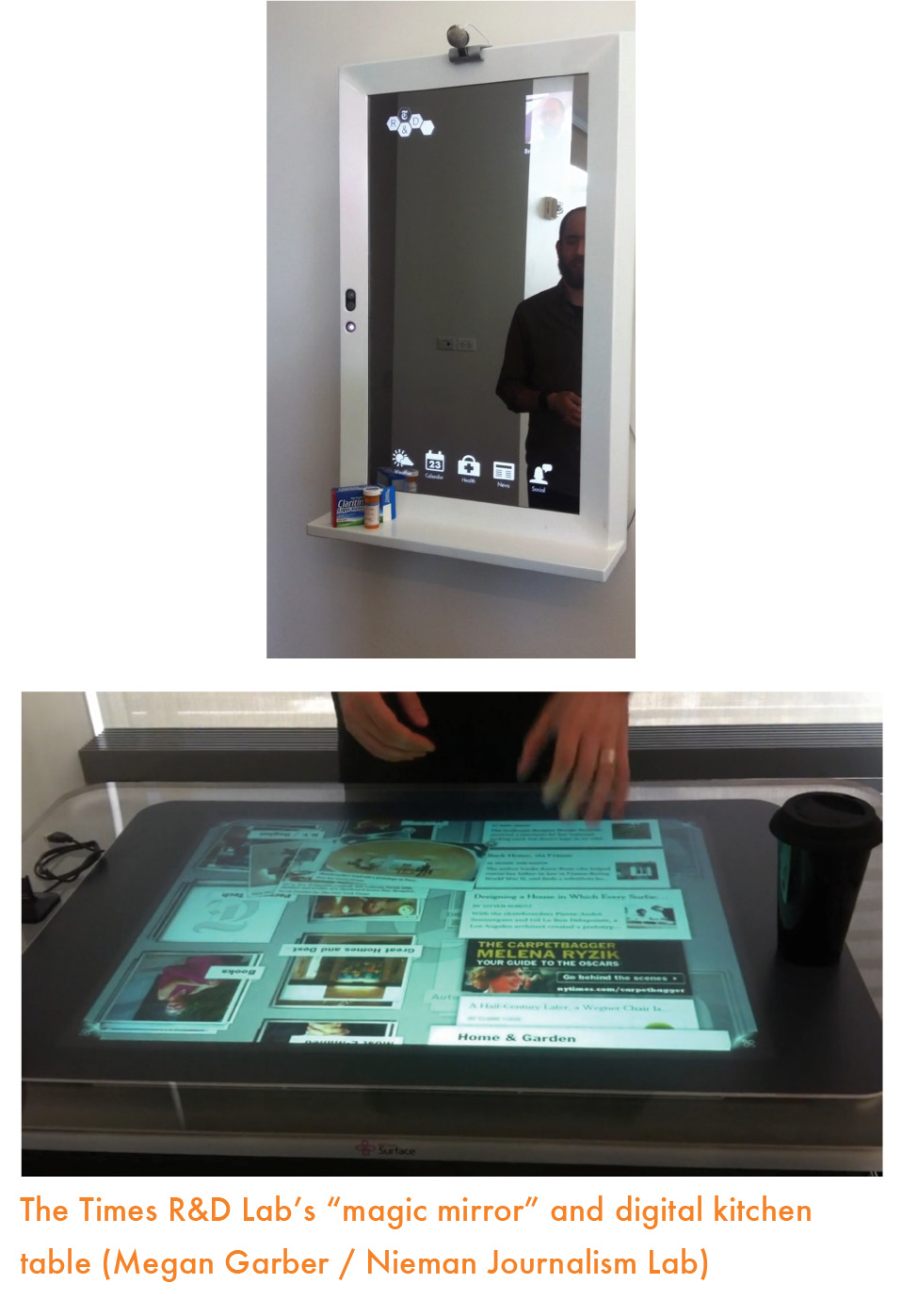
So you may read the news in the mirror or on the kitchen table? Perhaps. But it will always be all about the story.
One cannot help but think, in light of all these platforms that now serve us so well, and all the ones that are barely in the minds of those creating platforms of the future, of the Sumerians in southern Mesopotamia more than five thousand years ago, who developed a writing system using tablets. Clay tablets then. Digital tablets now. The history of storytelling continues its vigorous journey.
It is a journey that looks bright with prospects for how we will transmit and receive information. While we make daily discoveries about the way stories travel through the four main platforms of today, others concentrate on new platforms we will use in the future.
For example, some futurists predict “ubiquitous computing,” the idea that computers will exist everywhere: in your kitchen, your office, your bedroom and just about everywhere else.
Perhaps one of the most exciting laboratories experimenting with possible future platforms is The New York Times Company’s R&D Lab. They showed the Nieman Journalism Lab two projects that aroused my interest. First is a “magic mirror” that overlays graphics over the normal reflection. Read the news while brushing your teeth. The story follows users to the bathroom and becomes their companion. No need to smudge the glass; voice and gestures tell the mirror what to display.
The Times R&D Lab has also brought a new form of the story to that most familiar area, the breakfast table. The table is a screen, displaying each newspaper section as a stack of articles. But more exciting than the visual changes is that multiple people can use the table, passing articles and photos back and forth as they share the morning’s news. This takes one of those wonderful analog experiences and makes it digital, something I am sure that will happen often as the digital platforms evolve.

Today’s media quartet may be tomorrow’s sextet, or a full symphonic orchestra of platform possibilities. All of us storytellers must be prepared to adapt to these new platforms. The story, however, must always remain the priority.
As you learned in this chapter, each of the four platforms we use to communicate information has its own distinctive characteristics. Using what you have learned: